The Disowned and the Denied: Saiful Huq Omi’s Documentation of the Exiled Community
In 1948, when Myanmar got its independence from Britain, the Rohingya people—an ethnic minority predominantly following Islam—were rejected by the Buddhist majority government as citizens of the country. Subsequent governments too refused to recognise their citizenship and a military operation was launched for the systematic persecution of the Rohingya people—their mosques were destroyed and murder and rape became the weapons of war. To this day, the remaining community in Myanmar are subjected to torture. Many have categorised this as a "slow genocide"—the human rights violations, the denial of citizenship, the restriction of movement, restriction on education, forced labour, land confiscation, ethnic discrimination, restrictions on marriage, abuse of women and confiscation of citizenship cards. As a result, Rohingyas fled their country by illegally crossing over to the neighbouring countries of Bangladesh, Malaysia, Indonesia, Cambodia, Laos and Thailand, seeking humanitarian support and refuge.
The Bangladeshi government declared the Rohingyas “illegal immigrants” making them ineligible to receive support. In a state of permanent exile, they have no place to call home and find themselves living in sub-human conditions. Saiful Huq Omi has documented the Rohingyas in exile around the world—in the camps of Cox’s Bazar in Bangladesh, the cramped underground spaces of Malaysia and the hopeful streets of England. His piercing black-and-white photographs reveal the cruel reality of their lives, hoping to counter the current ethos of toxic identity politics, xenophobic suspicion, objectification, penalisation and demonisation of the "other."
Omi was the finalist for the Aftermath Project in 2009. The Aftermath Project is a non-profit organisation committed to telling “...the story of what it takes for individuals to learn to live again, to rebuild destroyed lives and homes, to restore civil societies, to address the lingering wounds of war while struggling to create new avenues for peace.” Each year, they offer a grant to photographers covering the aftermath of conflict.
All images by Saiful Huq Omi.

Hasina Begum works as a sex worker in Bangladesh after being rejected by her family. She was shot during an attack at the Kutpalang camp in 2004, raped by a neighbour in 2007, sold to man for ten dollars and raped again by three Bangladeshi men before she chose the profession. (Bangladesh, 2012. The Disowned and the Denied. Image courtesy of the artist.)
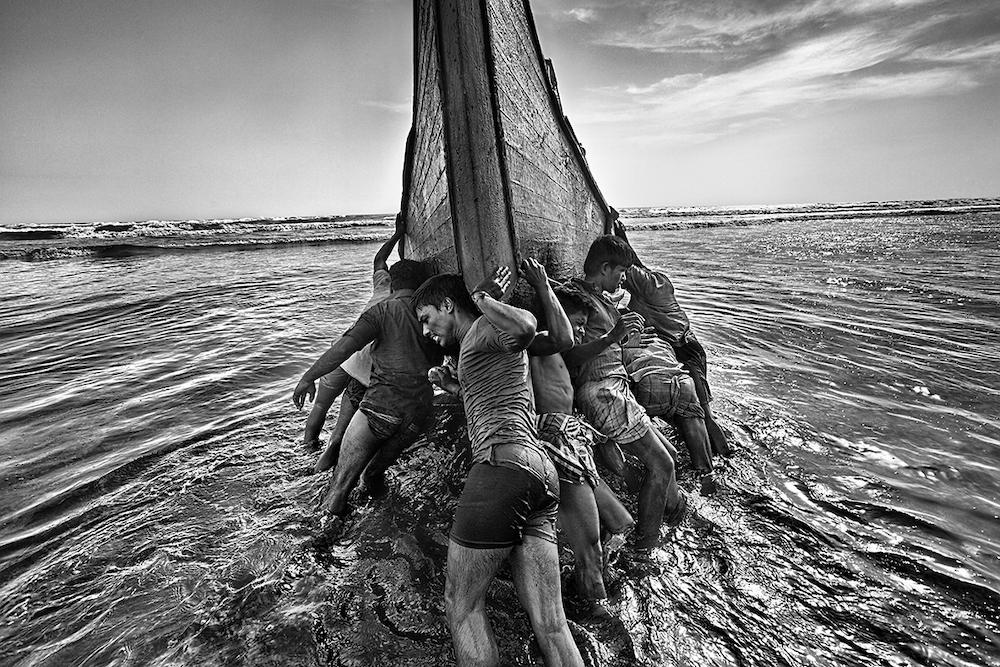
The unregistered refugees in Bangladesh are not allowed to work, yet they have to make a living. This allows employers to exploit these workers by paying them less and making them work more. (Bangladesh, 2013. The Disowned and the Denied. Image courtesy of the artist.)
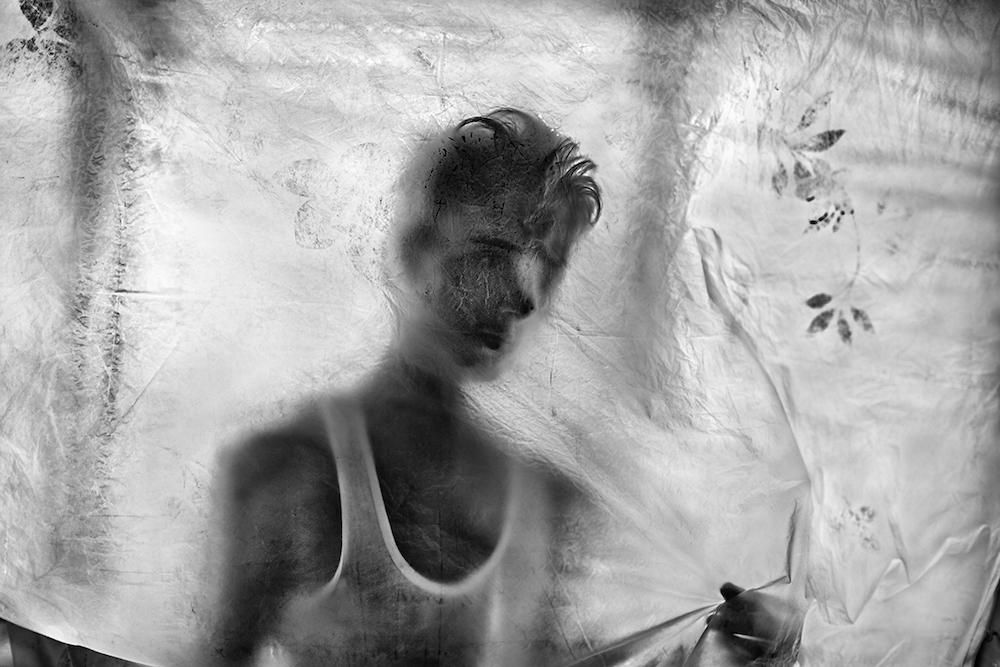
Saydul Islam arrived in Malaysia in 2014 after a month-long journey from Myanmar. His journey has led to nightmares. (Malaysia, 2014. The Disowned and the Denied. Image courtesy of the artist.)
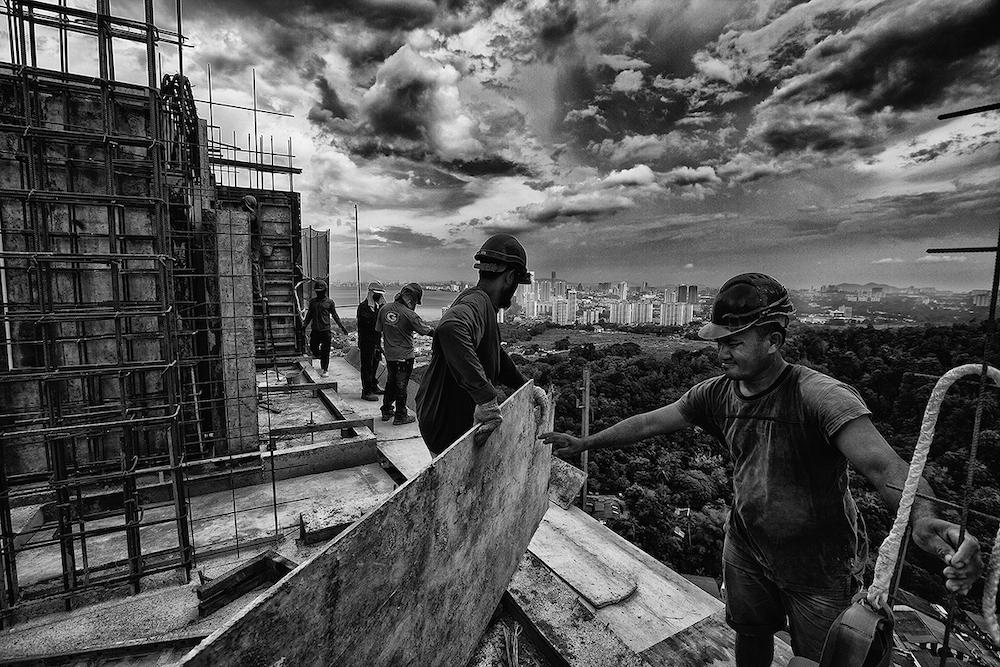
The Rohingyas are often employed in the “3D” jobs, that is: dirty, dangerous and difficult. In some cases, employers may pay extremely low or no wages to these workers. (Malaysia, 2014. The Disowned and the Denied. Image courtesy of the artist.)
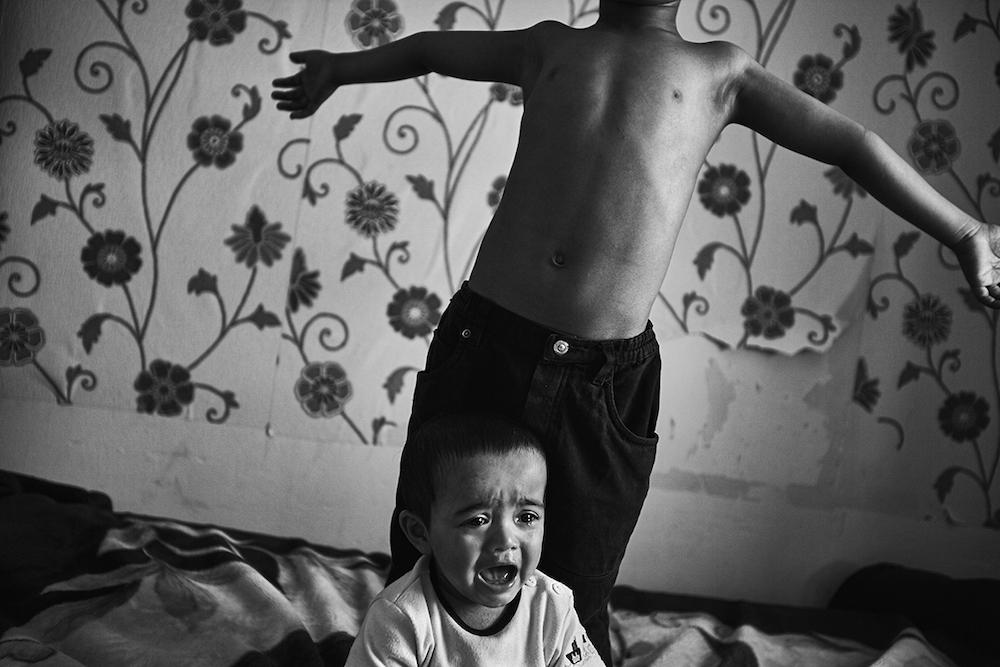
Fahad was born as a British citizen in 2009 in Bradford. He is the first Rohingya with a foreign nationality. (UK, 2010. The Disowned and the Denied. Image courtesy of the artist.)
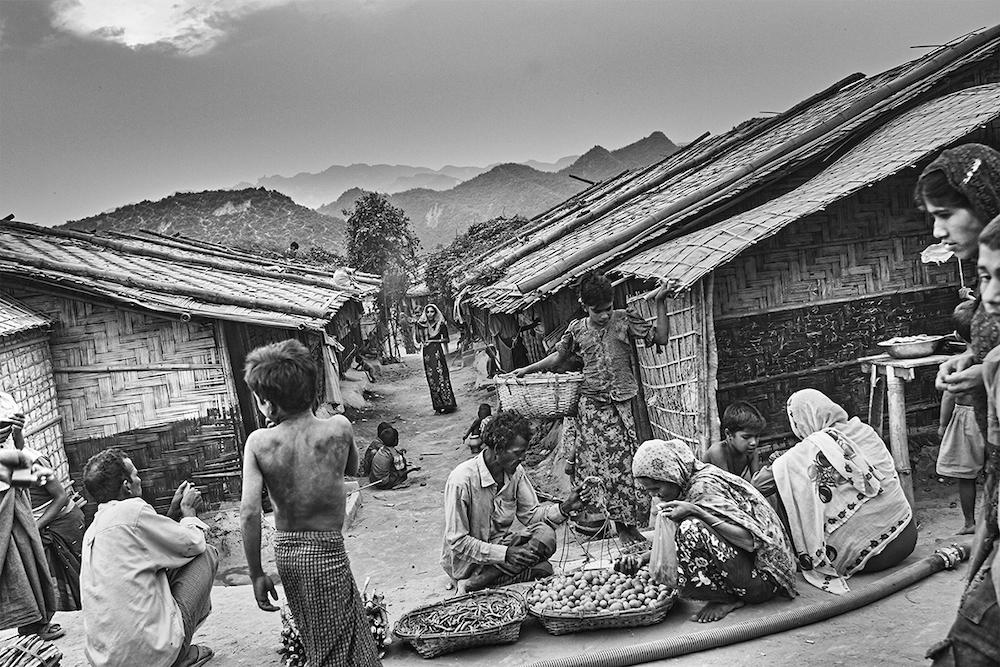
Rohingya Refugee Camp, Noa Para, Cox’s Bazar. (Bangladesh, 2009. The Disowned and the Denied. Image courtesy of the artist.)
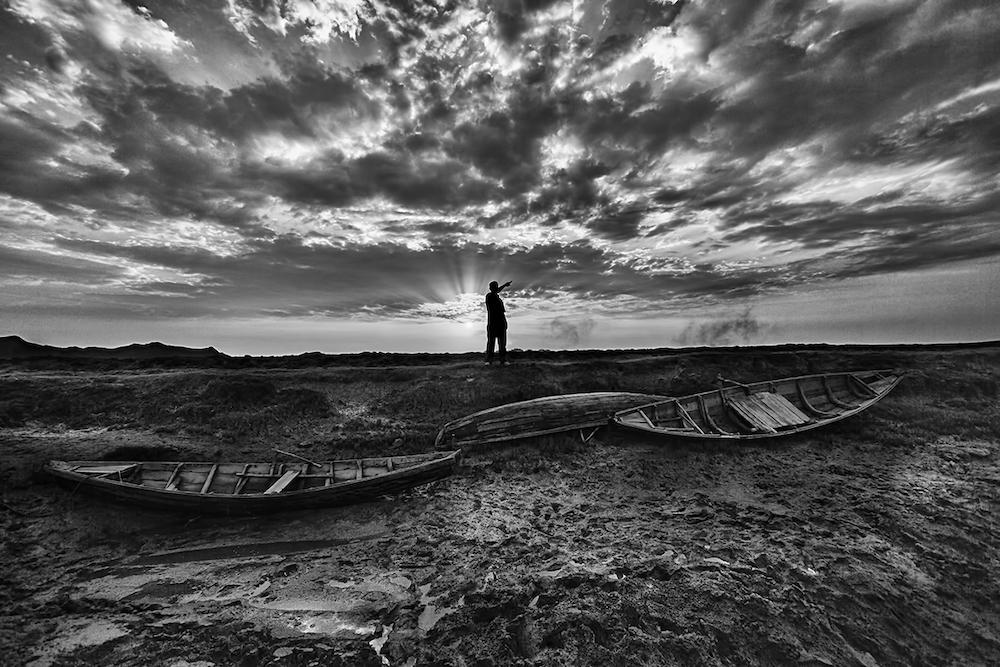
Abul Kalam points to where his village is only two miles away, yet for him it feels like two million miles. (Bangladesh, 2009. The Disowned and the Denied. Image courtesy of the artist.)




